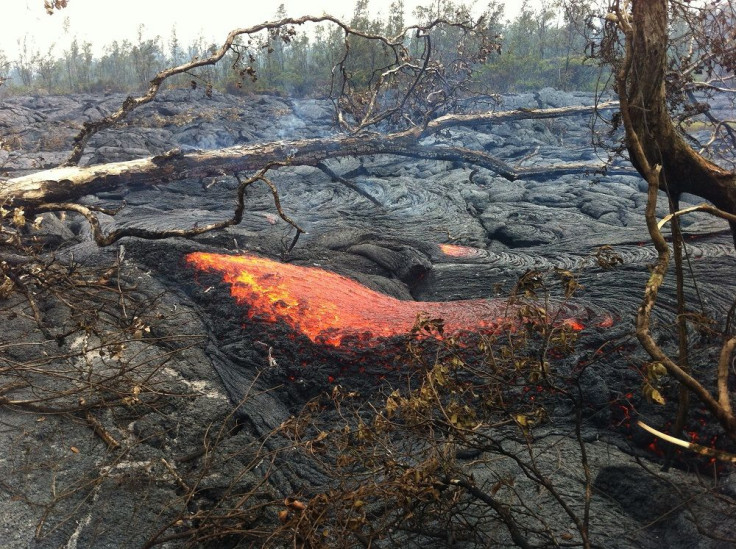Another Close Watch On Mount Kilauea For Eruption

There is again another close monitoring of Mount Kilauea in Hawaii’s Big Island after the lava level in its crater lake slightly went up on Tuesday. The Hawaii Volcano Observatory, or HVO, said that the level increased above the 130 feet below the original crater floor.
Until Monday, the lava level was between 150 and 165 feet below the original crater floor, reports Bigislandnow.com. Prior to Tuesday, the HVO noted the mellowing of Kilauea’s seismic rate below its summit and on the Southwest Rift Zone, or SWRZ. Their seismic levels then were considered within the normal range.
Besides HVO, scientists from the US Geological Survey, or USGS, are also closely monitoring the volcano for a possible eruption after observing volatile changes in the lava level. According to the HVO, the overall evolution of unrest in the summit area and upper rift zones of Kilauea in the coming weeks is uncertain.
“The magma storage system within Kilauea is highly pressurized at this time, and future changes in the location of unrest, and the potential for eruption, could unfold quickly (in days to hours),” Zee News quotes HVO’s statement.
If the eruption would take place in the Southwest Rift Zone, it would have a minimal impact since that side of Kilauea is not inhabited.
The USGS offers three possible scenarios to take place in the coming weeks, although it stressed that scientists have no definitive way of predicting the outcome of recent seismic activities, reports Science Times. The scenarios are:
· Continued accumulation of magma at the volcano’s southern part and upper SWRZ at shallow depths, but it would later stop with no eruption;
· Continued accumulation of magma at the southern part of the caldera which could lead to rapid intrusion in the SWRZ. The intrusion could stay within the SWRZ or erupt along the rift zone; and
· Continued accumulation of magma at the caldera’s southern portion, which would rise toward the surface and erupt in the upper SWRZ and/or in the caldera. This scenario would likely result in stronger earthquake activity and/or seismic tremor at the caldera’s southern part and ground cracks.
To contact the writer, email: vittoriohernandez@yahoo.com





















